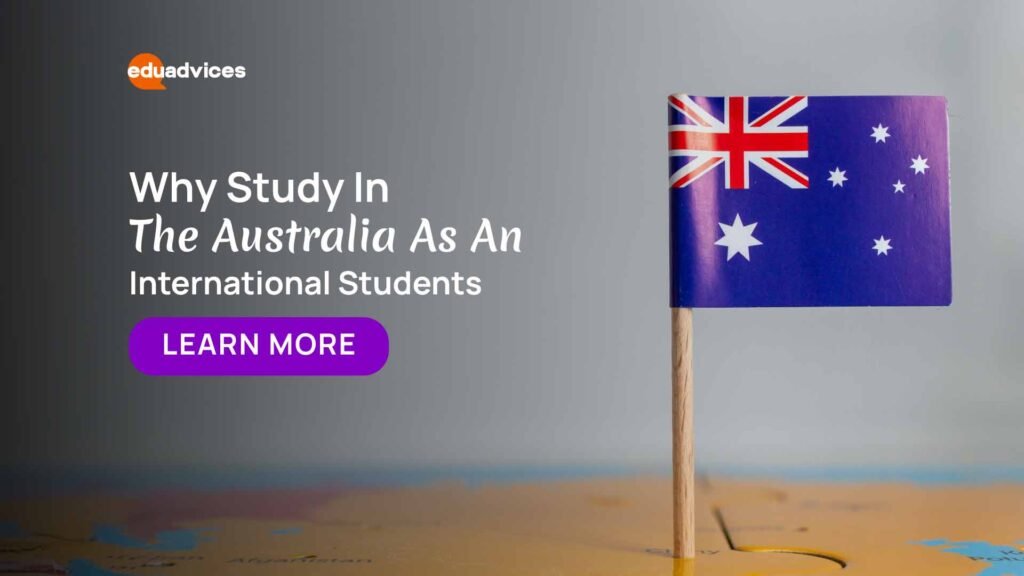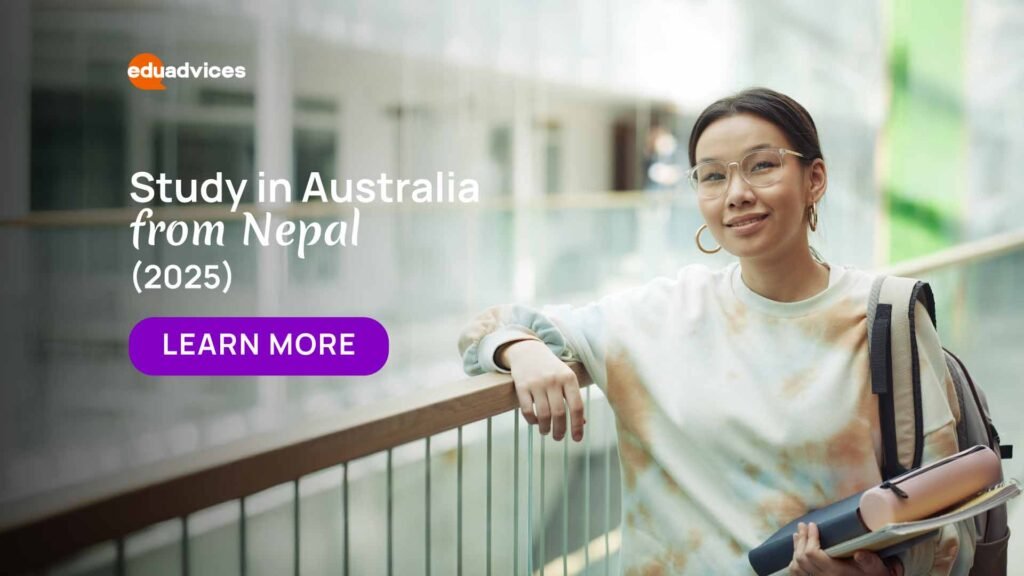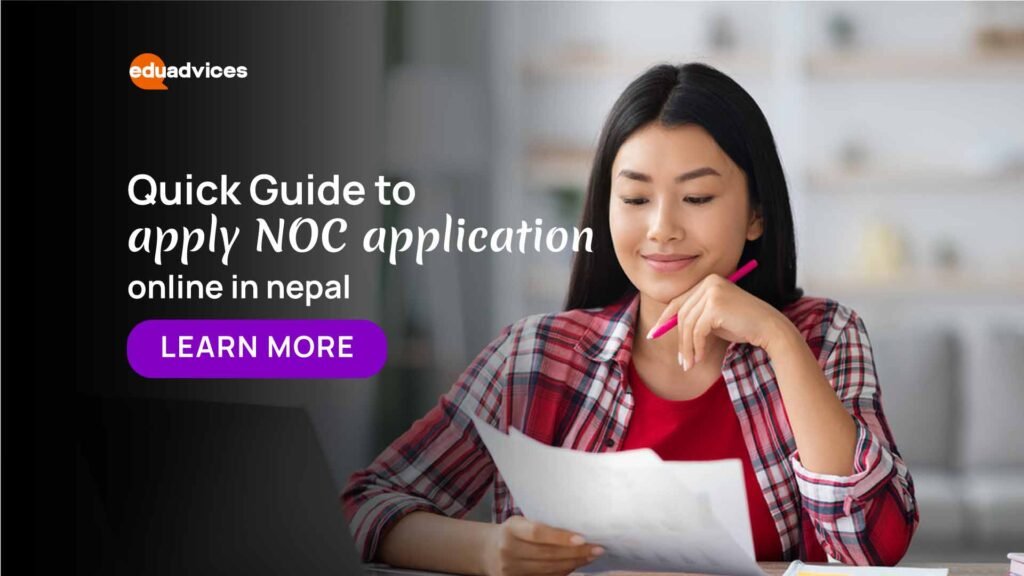The Ultimate Guide to Studying Abroad for Nepali Students
Studying abroad is a transformative journey that opens doors to countless opportunities, helping students grow academically, professionally, and personally. For Nepali students, the path to studying abroad can feel overwhelming due to the various processes involved—from selecting a destination to understanding visa requirements and financing your education. But don’t worry! This comprehensive guide will take you through every essential step, ensuring you make informed decisions and embark on your study abroad journey with confidence. Why Consider Studying Abroad? 1. Enhanced Educational Opportunities Studying abroad gives you access to academic programs and resources that may not be available in Nepal. Countries like Australia, Canada, the USA, and the UK offer specialized courses, research opportunities, and state-of-the-art facilities, helping you excel in your chosen field. For example, programs in Artificial Intelligence, Biotechnology, and Global Business Management are often at the forefront in international universities. 2. Personal Growth and Independence Living away from home teaches you to become self-reliant, manage responsibilities, and adapt to a new cultural environment. Whether it’s managing your budget, cooking for yourself, or navigating an unfamiliar city, studying abroad shapes you into a more confident and resourceful individual. 3. Global Career Prospects Graduating from an international institution can significantly enhance your employability. Employers value graduates who have international exposure, strong language skills, and the ability to thrive in multicultural environments. Whether you aim for a global career or want to bring those skills back to Nepal, the opportunities are endless. Choosing the Right Study Destination 1. Popular Countries for Nepali Students The most popular study-abroad destinations for Nepali students are: Australia: Known for its high-quality education and favorable post-study work options. Canada: Affordable tuition fees and opportunities for permanent residency. USA: A hub for world-class universities with diverse academic options. UK: Shorter course durations and globally recognized degrees. Each destination offers unique benefits, such as part-time work options, strong Nepali communities, and pathways to post-study work visas. 2. Factors to Consider Before selecting a destination, evaluate the following: Tuition Fees: Costs vary depending on the country and course. Cost of Living: Consider rent, food, and transportation expenses. Climate: Research the weather to ensure you’re comfortable adapting to it. Post-Study Work Opportunities: Check visa options for working after graduation. Cultural Fit: Understand the culture, language, and student lifestyle of the country. For example, Canada has relatively affordable tuition fees, while Australia provides better part-time job opportunities during studies. Selecting the Best Course for Your Career 1. Aligning with Your Career Goals Your study program should match your career aspirations. For instance: Technology: Programs in Computer Science, Data Analytics, and AI are booming. Healthcare: Nursing, Medical Sciences, and Public Health are highly valued worldwide. Business: MBA, Finance, and International Business Management remain evergreen options. Choose courses that align with industry trends and global job opportunities. 2. University Rankings and Reputation University rankings play a significant role in your decision-making process. Websites like QS World University Rankings and Times Higher Education Rankings provide insights into top institutions. Higher-ranked universities generally offer better faculty, resources, and networking opportunities. Pro Tip: Always check for university-specific scholarships and international student support services. Understanding the Application Process 1. Preparing Your Application Documents International universities often require a variety of documents, such as: Transcripts: Academic records from previous education levels. Language Test Scores: IELTS, TOEFL, or PTE are commonly required. Recommendation Letters: From teachers or mentors. Personal Statement/SOP: A statement explaining your motivation to study the course. 2. Meeting Admission Requirements Most programs have specific academic and language requirements. For instance: Minimum IELTS score: 6.5 (Varies based on the institution). GPA requirements: Vary between 2.5 and 3.5 on a 4.0 scale. Prepare well in advance to meet these requirements and ensure timely submission of your application. Financing Your Study Abroad Journey Studying abroad requires careful financial planning. Here’s a breakdown of potential costs: Tuition Fees: Varies based on country and university (Average range: $10,000 to $50,000 per year). Living Expenses: $8,000 to $15,000 annually (depends on location and lifestyle). Health Insurance: Mandatory in most countries ($500 to $2,000 per year). Books and Supplies: $500 to $1,500 per year. Scholarship Opportunities Fortunately, there are numerous scholarships to help Nepali students manage costs: Merit-Based Scholarships: Awarded for academic excellence. Need-Based Scholarships: Financial aid based on your economic situation. Government Scholarships: Programs like Australia Awards and Fulbright provide funding for Nepali students. University Scholarships: Check the financial aid sections of your chosen universities. Pro Tip: Use platforms like Scholarship Portal and Fast web to search for scholarships. Navigating the Visa Application Process 1. Types of Student Visas Each country has specific visa categories: USA: F-1 Visa. UK: Tier 4 Visa. Australia: Subclass 500 Visa. 2. Key Documents Needed Essential documents include: University admission letter Valid passport Financial statements Proof of health insurance Academic records 3. Visa Interview Preparation Practice common questions like: Why did you choose this course and university? How will you fund your education? What are your plans after graduation? Be confident, clear, and honest during the interview. Preparing for Life Abroad 1. Accommodation Options University Dorms: Affordable and close to campus. Shared Apartments: Cost-effective and allows you to connect with other students. Homestays: Ideal for immersing yourself in local culture. 2. Understanding Cultural Differences Take time to learn about the local culture, traditions, and etiquette. Attend university orientation programs to get helpful tips for adapting quickly. 3. Managing Finances Open a local bank account for easier transactions. Create a monthly budget to manage rent, food, and other expenses. Adapting to Academic Life Abroad International universities often have unique teaching methods that emphasize: Independent Learning: Be prepared for self-study and group projects. Utilizing Resources: Take advantage of libraries, academic counseling, and workshops. Building connections with peers and mentors will help you navigate challenges and make your study experience enriching. Planning for Your Post-Graduation Future 1. Post-Study Work Opportunities Countries like Australia, Canada, and the UK offer post-study work visas, allowing you to gain international work experience. 2. Returning to Nepal









